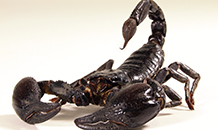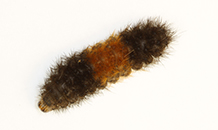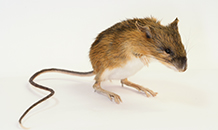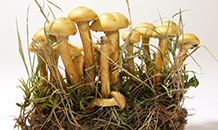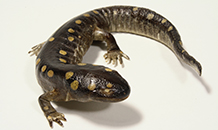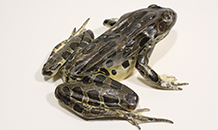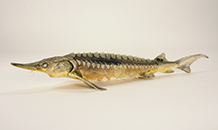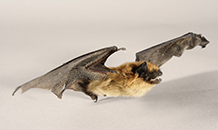The nature of our collections
The collections in the Museum contain many naturalised specimens that is, they have been conserved by taxidermy, most often in a posture that portrays the animal in action. Today, taxidermists use different materials to give more precise form to the animal, while earlier they mainly relied on wood wool (excelsior), leading to the expression “stuffed animal”.
Numerous other methods also allow the conservation of plants and collection animals: the simple air drying of plants and insects, conservation in such liquids as ethanol or even lyophilisation (freeze drying).
What is lyophilisation?
This process consists of extracting water from frozen objects or organisms, using specialized equipment. This well-known technique is now used in several sectors including food processing, pharmaceuticals, restoring archeological objects, archival work, basketry and water extraction from textiles, to name a few.
The water is eliminated by sublimation of the ice, a process in which ice crystals pass directly from solid state to gaseous state without becoming liquified. The final result allows us to produce an object or specimen while conserving its form and, in many cases, its colours, characteristics that are greatly appreciated in the field of museology. The absence of chemical products is also a considerable advantage when we are handling the work.
Here are a few examples of specimens that have gone through the lyophilisation process:
